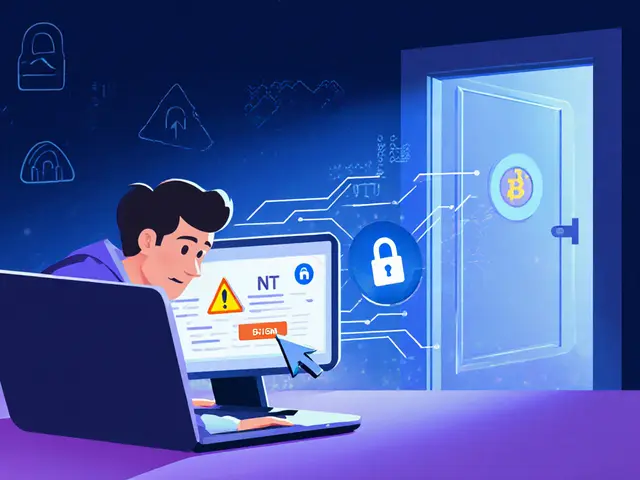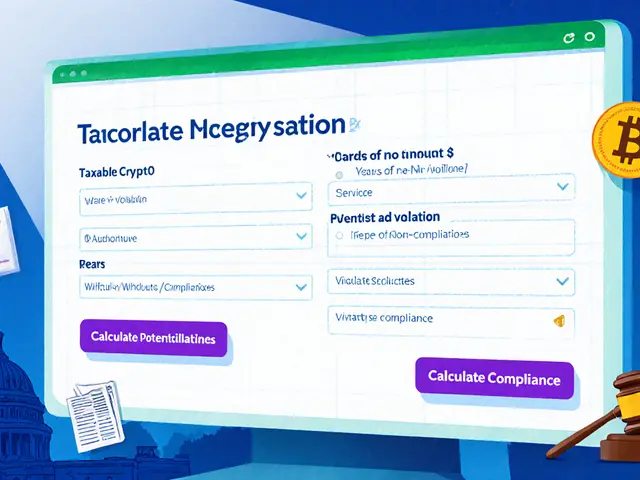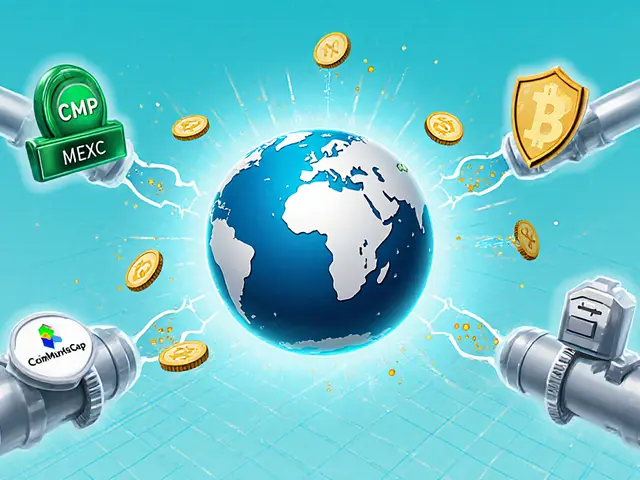MiCA – EU Crypto Regulation Explained
When navigating MiCA, the EU’s Markets in Crypto‑Assets Regulation that sets rules for digital assets across the European Union, you’re dealing with a framework that reshapes how crypto projects operate. Also known as EU crypto regulation, the broader legislative effort to standardize crypto activities in Europe, MiCA targets stablecoins, tokenized assets pegged to fiat currencies that the EU wants to monitor closely and imposes licensing requirements on crypto exchanges, platforms that match buyers and sellers of digital tokens. The regulation also intersects with crypto taxation, the way governments tax gains from digital assets, influencing how traders file their returns.
MiCA encompasses regulation of stablecoins, meaning any token claiming a 1:1 link to a euro or other fiat must publish a detailed white‑paper, undergo a supervisory review, and maintain a reserve backing. This requirement creates a clear link: stablecoins are a type of crypto asset that MiCA treats specially. As a result, issuers can no longer launch without demonstrating liquidity, which in turn raises confidence among investors wary of sudden de‑pegs.
Another core pillar is licensing. MiCA requires crypto exchanges to obtain licences from national competent authorities before offering services to EU residents. The licence process forces exchanges to adopt AML/KYC procedures, segregate client assets, and publish transparent fee structures. In practice, this pushes platforms to upgrade security, which benefits users but also raises entry barriers for smaller players.
Why MiCA matters for traders and investors
Because EU crypto regulation influences global compliance, non‑EU firms often adopt MiCA‑compatible policies to access Europe’s 447 million‑strong market. This ripple effect means that even a trader in Asia may notice tighter KYC checks on a US‑based exchange that wants EU exposure. The broader impact reaches crypto taxation too: with clearer definitions of “crypto‑asset” and “service provider,” tax authorities can more easily classify gains, losses, and income streams, reducing ambiguity in filing obligations.
MiCA also introduces a new category called “crypto‑asset service providers” (CASPs). These include custodians, wallet providers, and even advisory services. By grouping them under a single umbrella, the regulation fosters a consistent compliance baseline and makes it easier for users to compare services. For investors, this translates into more transparent risk disclosures and clearer liability frameworks.
One practical outcome is the emergence of “MiCA‑ready” tokens. Projects that have already aligned their tokenomics, governance, and audit processes with the regulation can signal compliance with a simple badge. This creates a market advantage: investors looking for low‑risk exposure can pick tokens that have cleared the EU’s regulatory hurdle, potentially leading to higher liquidity and better price stability.
Overall, MiCA stitches together stablecoin oversight, exchange licensing, service‑provider rules, and tax clarity into a single, EU‑wide fabric. The next sections of this page list articles that dive deep into each of these threads— from China’s hard‑line crypto ban and India’s 30% tax to detailed airdrop guides and exchange reviews. Whether you’re a trader, a developer, or just curious about how Europe is shaping the crypto landscape, the posts below will give you actionable insights and real‑world examples of MiCA in action.
A 2025‑ready guide covering utility token regulation, Howey test, EU MiCA, compliance checklists, on‑chain controls and emerging trends for crypto projects.



 Finance
Finance




